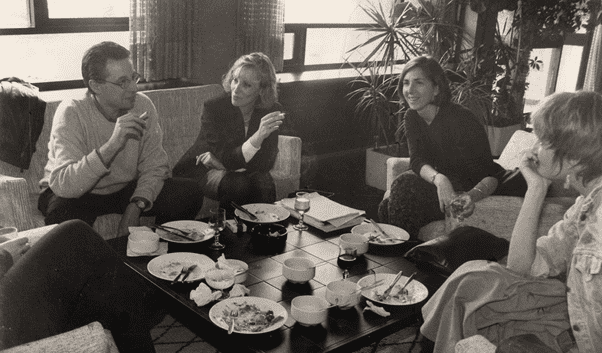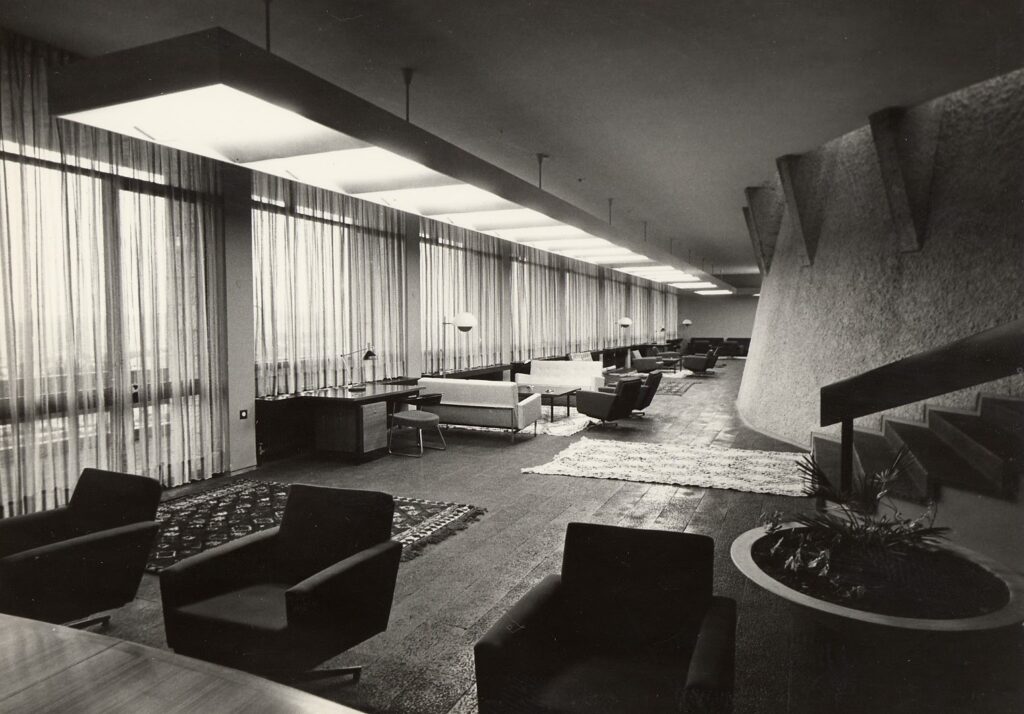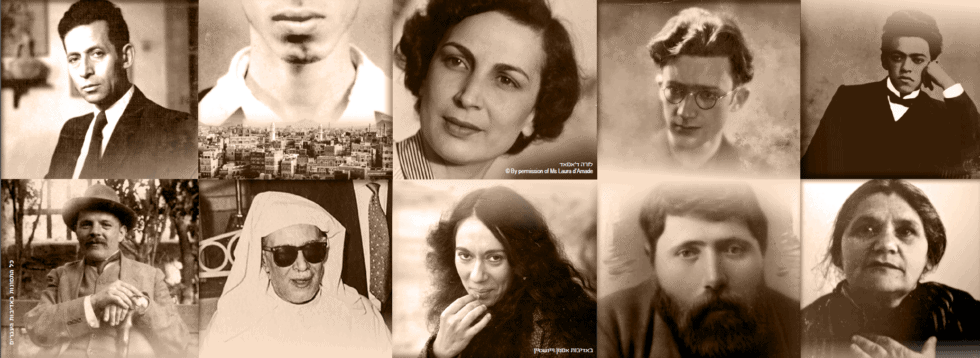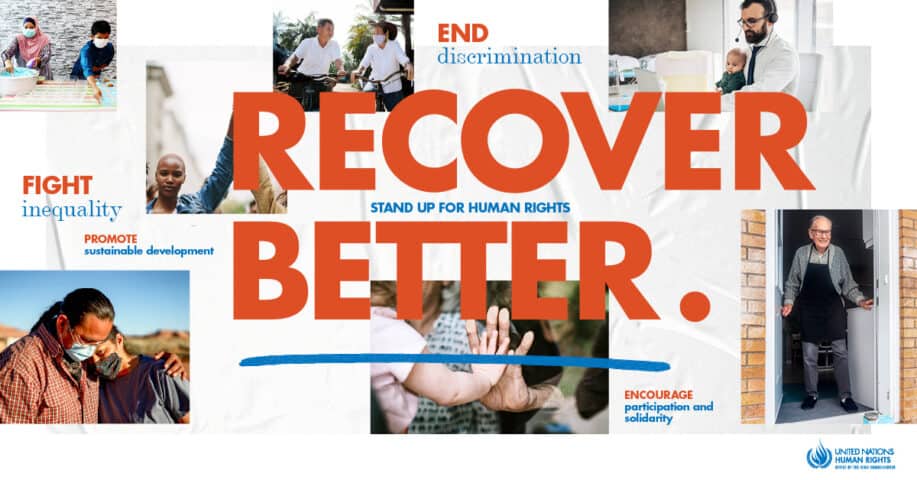From the Archives: Lunch in the Middle East

“What should we have for lunch today?” “Who wants to eat?” “Should we sit in the upper lobby or on the lawn?” These are questions you can see almost every day on the VLJI WhatsApp group. Sharing lunch allows the Institute’s workers to step away from their computer screens, take a break from their meetings, talk and laugh in the middle of the day and share with each other what they’re working on. It is quality time that contributes to everyone’s work.
An archive photo that captured such a moment raised the question, Who are the people in the picture? We sent out the picture on the Institute’s WhatsApp group and tried to piece together as much information about it as we could from our staff, especially the exact year it was taken, based on the fashion and hairdos and smoking in a closed building.
Europe in the Middle East
Finally the riddle was solved: The picture documents a meeting of the leaders and members of the research project “Europe in the Middle East: Key Political Concepts in a Cultural Dialogue,” held at the Van Leer Jerusalem Institute in the years 1995–1998. The project was initiated and led by Prof. Rivka Feldhay (in the photo, second from left) and Dr. Azmi Bishara, with the inspiration of Prof. Yehuda Elkana (the first head of the Institute). When Bishara was elected to the Knesset, Prof. Feldhay was joined by Prof. José Brunner (in the photo, first from left) and together the two continued to lead the inquiry into questions of identity, nationality, otherness, culture, religion, state, secularization, colonization and decolonization. These issues were always discussed from a comparative and critical perspective and in an Israeli and Middle Eastern context rather than a Western European one.
The project arose from the winning of a European-Israeli tender and was conducted in collaboration with the Institute for Advanced Study in Berlin. It included European and Israeli researchers, including Arab citizens of Israel and Palestinians from the universities of Bir Zeit, An-Najah, Bethlehem and more.

The power of a research project
The first version of the project ended on the eve of the Second Intifada, a political event whose negative ramifications had a crucial impact on the research results. But the project did not die. Instead, it assumed a new form when Dr. Raef Zreik, Prof. Adi Ophir and Prof. Rivka Feldhay won a tender to establish the Minerva Humanities Center at Tel Aviv University. The three directors set up three research groups about living together; a lexicon of political terms, established as a journal with that name; and questions of migration knowledge. Here, too, there was marked cooperation between Israeli researchers – Jews and Arabs – and European and American researchers.
Funding from the German Minerva Stiftung was originally provided for five years but was extended for another 13 years until the end of 2022. The project has made a noticeable mark and its intellectual heritage is taking on new and current meanings as part of the Tel Aviv University Faculty of Humanities. Furthermore, the Institute for Advanced Study in Berlin has also adopted the idea and has started a program focusing on Europe in the Middle East. This program operates alongside the other Institute groups, which include world-class researchers.
The project has given rise to a community of researchers, intellectuals with deep social and political awareness. Therefore, the project has a dual heritage: intellectual and socio-cultural.
To read previous articles from the archives: The Library as a Social Club, A Model of Solidarity.




